The kimono is a traditional Japanese garment that is worn by both men and women. While the women’s kimono is more well-known, men also have a range of kimono styles designed specifically for them. Here is an overview of men’s kimono fashion.
Table of Contents
Do Men Wear Kimonos?
Yes, men wear kimonos in Japan, especially for formal occasions like weddings, tea ceremonies, or traditional festivals. Men’s kimonos, known as “hakama” or “montsuki,” vary in style, color, and fabric depending on the occasion and the wearer’s status or role. Kimonos for men often feature simpler designs compared to women’s kimonos.

What is a Male Kimono Called?
The male kimono is called a hakama. It consists of a kimono-style top paired with divided skirt-like pants called hakama. The hakama has a more masculine look compared to the women’s kimono.
Materials Used For Men’s Kimonos
Men’s kimonos can be made from various materials, including:
Silk – The traditional and most formal fabric for kimonos. Silk kimonos have a luxurious look and drape beautifully.
Cotton – Cotton kimonos are lightweight and breathable, perfect for warmer months.
Linen – Cool and casual, linen kimonos are ideal for everyday wear.
Wool – Warmth during colder months, wool kimonos are ideal for winter. The fabric holds its shape well.
Polyester – Affordable and easy to care for, polyester kimonos work for casual settings.

Men’s Kimono Types
There are several types of kimonos worn by men:
Yukata
A casual summer kimono is usually made of cotton or synthetic fabric. It’s worn to summer festivals and firework displays.
Jinbei/Jinbe
A loose, comfortable matching shirt and shorts set worn at home as loungewear.
Haori
A lightweight overcoat that adds formality and warmth over the kimono. It can be decorated with family crests.
Hanten
A short winter coat padded with cotton for warmth. It’s worn by laborers during the cold months.
Happi
A straight sleeved, casual short coat decorated with symbols or family crests. It was everyday workwear.
Hakamashita
Formal kimono ensemble with hakama pants and haori overcoat. Traditionally worn by samurai and in current formal ceremonies.
How to Style Men’s Kimono Fashion?
Here are some tips for wearing men’s kimono fashion:
- Opt for subdued, neutral colors and simple patterns for a refined look
- Layer a haori or hanten over a kimono for added visual interest
- Add a sash called an obi to cinch in the waist of the kimono
- Wear tabi socks and geta sandals to complete the traditional ensemble
- Fold the left side of the kimono over the right according to tradition
- Accessorize with hairpieces, face masks or sensu folding fans
- Maintain impeccable posture and composure when wearing formal kimono
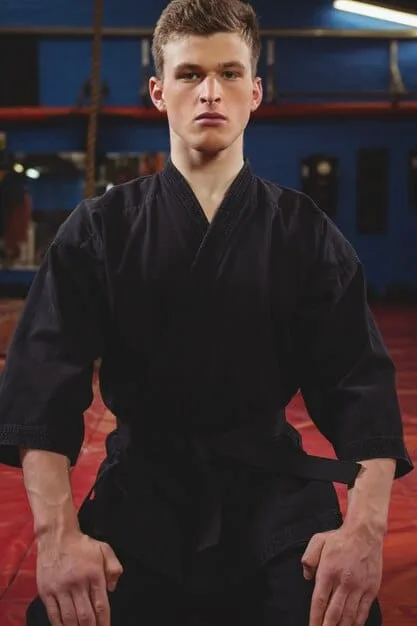
Differences Between Men’s Kimonos And Women’s Kimonos
While the basic robe-like style is similar, there are some key differences between kimonos designed for men versus women:
- Women’s kimonos have longer sleeves that almost reach the floor. Men’s kimono sleeves are shorter above the wrist.
- Men’s kimonos are less ornately decorated, with simpler patterns and darker colors. Women have brightly colored intricate designs.
- The obi sash for men’s kimonos is narrower in width and tied in the back. Women’s obi are wider and tied in an elaborate bow in the back.
- Traditionally, women wore kimonos that swept the floor. Men’s hem only to the ankles to accommodate walking.
- Men’s kimonos feature a modesty panel or backboard under the top layer. Women do not have this extra fabric layer.
- Men wear hakama pants over their kimono while women wear a wrapped skirt.

While men’s kimonos share the same basic look, they have stylistic differences to create a masculine aesthetic compared to the ornate women’s garment.
FAQs
Are kimonos only for women?
No, men also wear kimonos designed specifically for their gender. Men’s kimonos are called hakamas and feature pants instead of a long skirt.
What do men wear under the kimono?
Traditionally, men wear a loincloth called a fundoshi under the kimono. Modern men often wear lightweight shorts instead.
When do Japanese men wear kimonos?
Men wear casual lightweight kimonos during summer. Traditional hakama ensembles are still worn for ceremonies, weddings, funerals and other formal events.
Can foreigners wear male kimonos?
Yes, men of any ethnicity can wear kimonos. It’s seen as a celebration of Japanese culture. Just follow traditional clothing rules and techniques.
Are male kimono sleeves supposed to be short?
Yes, the sleeve length difference helps distinguish men’s kimono fashion from women’s. Men’s sleeves are above the wrist, allowing more freedom of movement.
Conclusion
The elegant kimono is often associated with women’s fashion, men in Japan do have a range of masculine kimono styles to choose from. The male kimono outfit combines the kimono tunic with hakama pants to create a refined look suitable for modern formalwear or traditional ceremonies.
With simpler decoration and a looser fit, the male kimono allows for greater mobility while upholding cultural ideals of dignity and modesty. Both traditional and modern interpretations of male kimonos continue this classic garment’s legacy in Japanese culture.

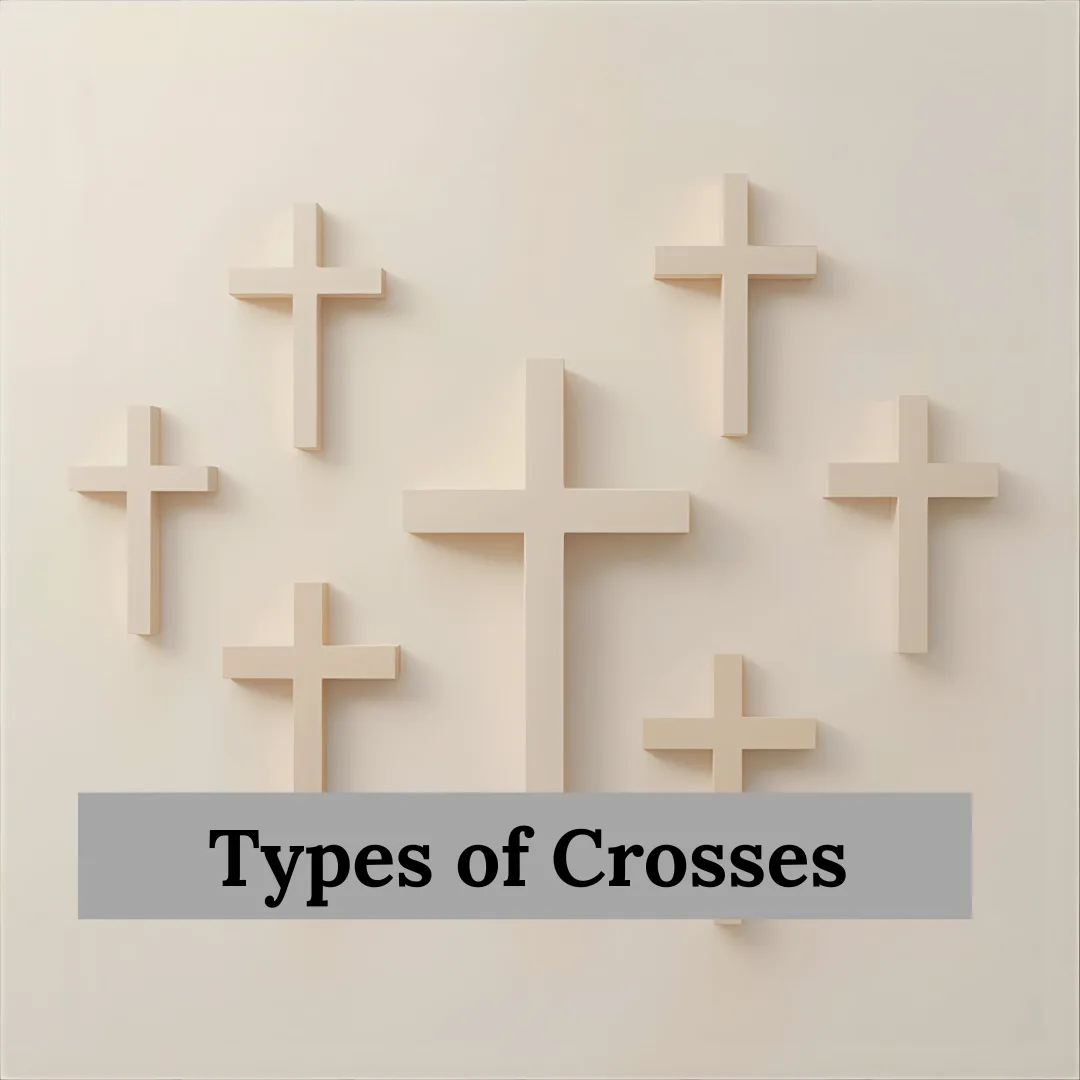

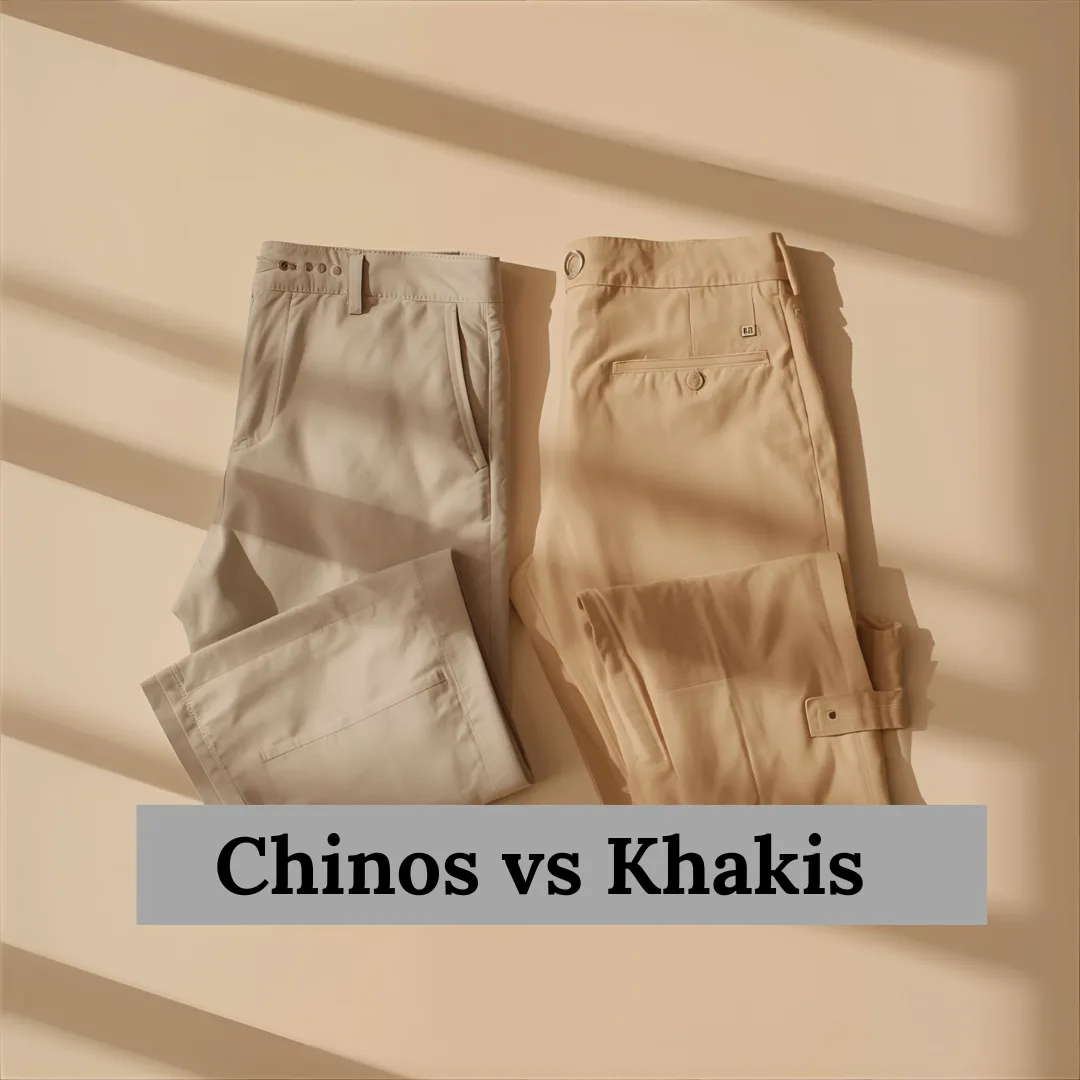
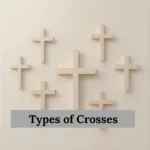

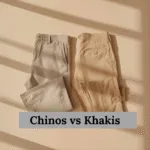

Leave a Reply